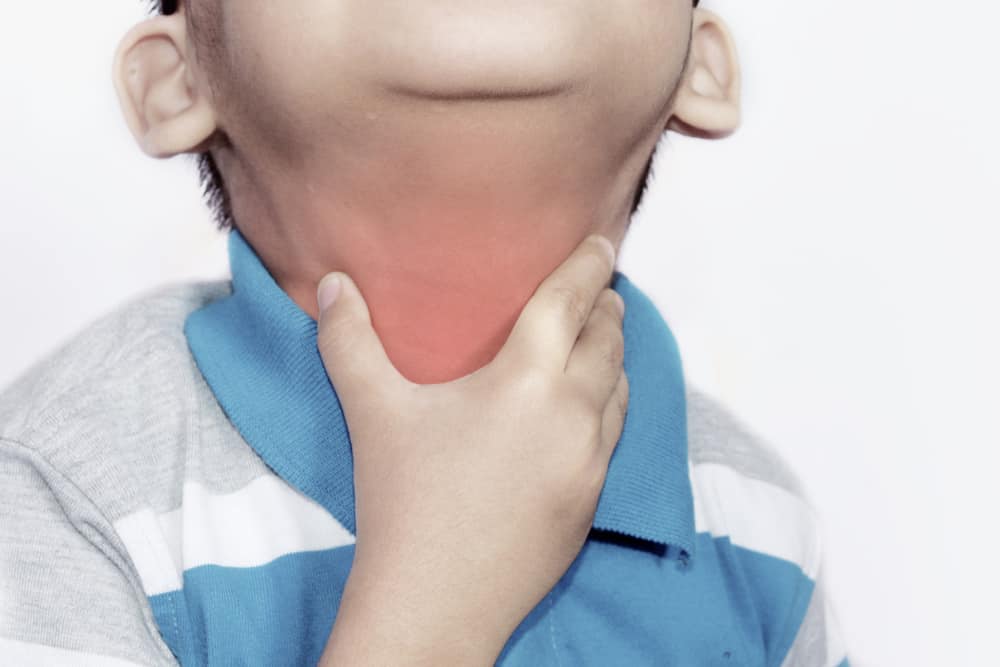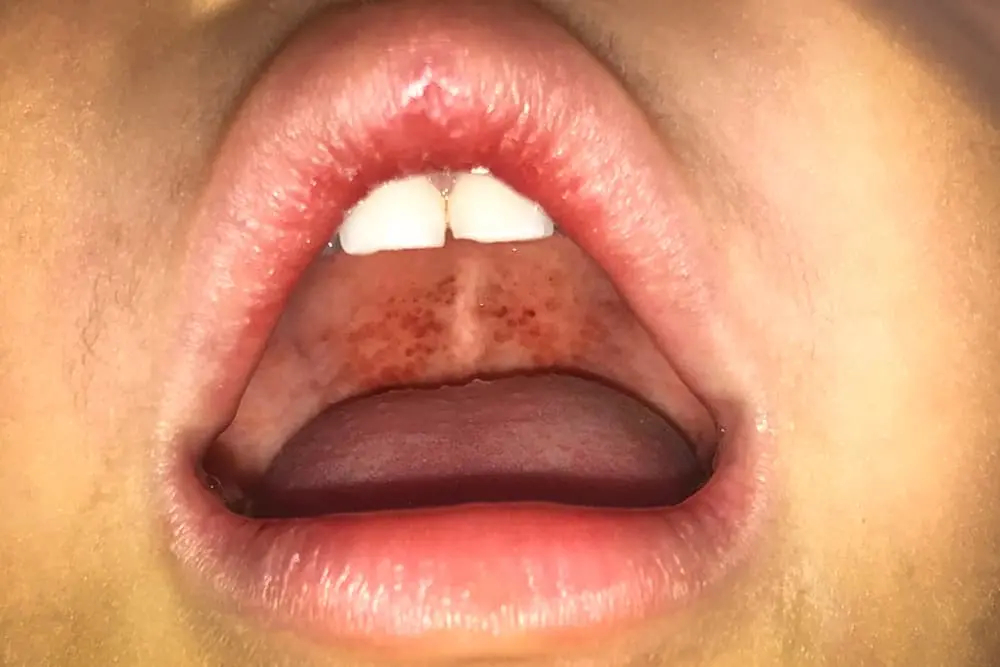Share This Article
Do you still remember the case of hundreds of students at Madrasah Ibtidaiah Negeri 1 Malang who were indicated to carry diphtheria bacteria in October 2019? The symptoms of diphtheria, which are similar to laryngitis, should be watched out for.
So what exactly is diphtheria and how serious is this disease? Diphtheria is a bacterial infection that commonly affects the mucous membranes and throat. It is also highly contagious through the air and can result in death.
Definition of diphtheria
Diphtheria is a disease that affects the upper respiratory system and throat, causing dead tissue membranes to build up in the throat and tonsils. This results in difficulty breathing and swallowing.
Corynebacterium diphtheriae bacteria in its advanced stages can produce toxins that can potentially disrupt other parts of the body, including the skin, heart and nerves.
With this potential danger, fast and proper treatment is very important because diphtheria can be life-threatening, especially in patients under 5 years old or over 60 years old, with a mortality rate of up to 20%.
Causes of diphtheria
Diphtheria results from infection by the bacterium Corynebacterium diphtheriae. The bacteria can be transmitted through airborne particles, personal objects, and contaminated household appliances. Transmission can also occur through touching wounds infected by diphtheria bacteria.
In addition, diphtheria transmission can occur through saliva from infected people, even if they do not show symptoms of diphtheria. Keep in mind that an infected person can still spread this bacteria up to six weeks after the initial infection.
These bacteria usually infect the nose and throat area, releasing toxins that spread through the blood and form a thick, harmful coating on areas such as the nose, throat, tongue and airways. In some cases, these toxins can damage other organs such as the heart, brain and kidneys, potentially leading to serious life-threatening complications.
Recognize the symptoms of diphtheria
The symptoms of diphtheria, which are similar to strep throat, are usually not realized by some people. To make no mistake, here are the early symptoms of diphtheria that are often mistaken for a common sore throat.
- Sore throat
- Cough
- Colds
- Chills Fever
- Weakness
- Swelling of the lymph nodes
- Difficulty breathing
These eight symptoms do look like a common sore throat at first glance. If these symptoms last for 2-5 days you should be concerned. Especially if you see a grayish-white membrane in your throat and tonsils.

This symptom, which is similar to laryngitis, is sometimes underestimated. In fact, if known too late, diphtheria can lead to death. The reason is that most people will only seek medical attention when grayish-white spots appear on the mucous membranes.
See a doctor if symptoms do not improve
At this stage diphtheria has entered a fairly serious phase and immediately requires more serious medical treatment. In the case in Malang, Corynebacterium Diphthetiae bacteria were found in 200 students.
This type of bacteria is the forerunner of diphtheria, usually spread through the air. As quoted from Detik, the Head of the Malang City Health Office, Dr. Supranoto, said that the transition season makes it easy for bacteria to enter the human body very easily.
Take precautions before it’s too late
During the transitional season you really need to be extra careful with your health. To avoid diphtheria, you can take several preventive measures. Make sure you have had a complete diphtheria vaccine or immunization.

In addition, try to familiarize yourself with healthy living, for example by wearing a mask when outdoors. Eat plenty of fruits and vegetables plus get enough rest.
Consult your and your family’s health problems through Good Doctor in 24/7 service. Our physician partners are ready to provide solutions. Download the Good Doctor app here!


